Audiophile headphones offer an immersive listening experience designed for those who crave sound accuracy and detail. Unlike regular headphones, these models emphasize high-fidelity audio, superior components, and careful engineering. They're a favorite among music lovers, studio professionals, and dedicated hobbyists. Understanding What Are Audiophile Headphones is essential when choosing the right pair, as it involves evaluating core features, technical specifications, and personal listening needs. In this guide, we’ll explore their defining qualities, compare designs, highlight ideal use cases, and share tips for finding your perfect set.
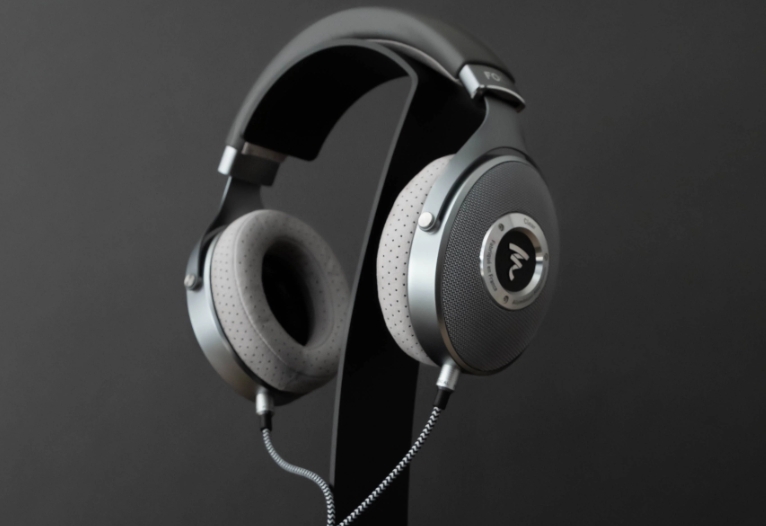
What Defines Audiophile Headphones?
To truly appreciate audiophile headphones, you need to understand the sound and design elements that set them apart. Let’s begin with what high-fidelity means in this context.
High-Fidelity Sound Reproduction Explained
High-fidelity, or hi-fi, means accurate sound reproduction with minimal distortion. Audiophile headphones deliver music as close to the original recording as possible. This includes rich bass, clear mids, and detailed highs without colorization. They aim to reproduce every nuance of vocals, instruments, and studio effects. Audiophiles prefer this precision over exaggerated sound profiles often found in consumer-grade models. With a neutral or flat frequency response, these headphones let listeners hear music the way it was intended by the artist and producer.
Build Quality and Materials Matter
Audiophile headphones are crafted with premium materials to improve both sound and durability. You’ll find metal headbands, real wood ear cups, or leather padding for maximum comfort. These materials reduce unwanted vibrations, which can affect sound clarity. High-quality drivers, braided cables, and well-tuned housings all contribute to better performance. Every component is chosen to support consistent, high-level audio output. Unlike budget models, audiophile headphones are built to last through years of daily use while maintaining their sonic integrity.
Common Technical Specs to Know
Understanding specifications helps you make informed decisions. Key terms include frequency response, impedance, sensitivity, and driver type. The frequency response shows the range of sound the headphones can produce. Impedance affects how much power they need—high-impedance headphones may require an amplifier. Sensitivity measures loudness per power input. Driver types—dynamic, planar magnetic, or electrostatic—impact detail and clarity. These specs determine how the headphones interact with your gear and how well they reveal subtle musical elements, making them essential for choosing the right model.
Open-Back vs. Closed-Back Audiophile Headphones
Design impacts how sound flows and how you experience music. Audiophile headphones come in open-back and closed-back styles. Here’s what makes each unique.
Key Traits of Open-Back Headphones
Open-back headphones feature vented ear cups that let sound and air flow freely in and out. This creates a natural, wide soundstage, making music feel spacious and immersive. They’re perfect for home or studio listening where outside noise isn't an issue. Open-back designs reduce ear fatigue and allow for detailed monitoring of sound placement. However, they leak audio and don’t isolate well, so they aren’t ideal for public spaces or loud environments. Many audiophiles favor them for their realistic and uncolored sound.
When to Choose Closed-Back for Critical Listening
Closed-back headphones feature sealed ear cups that block outside noise and contain sound within. They provide a focused, intimate listening experience—ideal for critical listening in noisy environments. These are perfect for travel, studio tracking, or home use where isolation matters. Bass response is often more pronounced, which can be useful in mixing or bass-heavy genres. While they may not offer the same expansive soundstage as open-backs, they excel in clarity and control, especially when background noise must be minimized.
Soundstage and Isolation Differences
Soundstage refers to how spatial and three-dimensional the audio feels. Open-back headphones offer a broader, more natural soundstage, simulating the feel of live performances. In contrast, closed-back models focus sound inward, offering tighter imaging but less airiness. Isolation is the opposite: closed-back designs block external sounds, enhancing focus. Open-back headphones let in ambient noise, which may disturb your listening experience. Choosing between them depends on your environment and preference—do you need immersive detail or privacy and noise control?
Who Should Use Audiophile Headphones?
Not everyone needs audiophile-grade equipment, but for some, it makes all the difference. Let’s explore who benefits most from using them.
Casual Listeners vs. Dedicated Audiophiles
Casual listeners may enjoy audiophile headphones, but the benefits are most noticeable to trained ears. Audiophiles—those who deeply appreciate music quality—will hear the added depth, accuracy, and detail. Casual users often prioritize convenience, portability, or style, while audiophiles value sound precision and tonal balance. If you’re curious about high-quality music playback and willing to invest time and money, audiophile headphones offer a noticeable upgrade. They reward critical listening and careful gear matching, elevating the entire audio experience.
Music Genres That Benefit Most
Audiophile headphones shine in genres with rich instrumentation and complex sound layers. Classical, jazz, acoustic, and progressive rock benefit the most from their detail and accuracy. These genres rely on subtle cues, instrument placement, and tonal precision—all of which audiophile headphones highlight. Electronic and ambient tracks also gain depth through their extended soundstage. Bass-heavy genres like hip-hop or EDM can still sound great, but the difference may not be as pronounced compared to traditional consumer models that already emphasize bass.
Usage Scenarios: Studio, Home, or Travel
Audiophile headphones work best in quiet, controlled environments like home setups or professional studios. Open-back designs are ideal for mixing and mastering in studios due to their accuracy. For home use, they enhance private listening sessions with immersive sound. Closed-back models offer portability and are suited for travel or commuting without disturbing others. However, they often require amplification or digital converters to perform well. Consider your daily routine—whether stationary or mobile—to decide which style suits your lifestyle and needs.
Key Considerations When Buying
Choosing the right audiophile headphones involves more than just reading reviews. You need to match technical needs with your usage preferences and budget.
Impedance and the Need for a DAC or Amp
Impedance determines how much power headphones need. Low-impedance models (under 50 ohms) work well with smartphones, while high-impedance headphones (over 100 ohms) require an amplifier or DAC (Digital-to-Analog Converter) for full performance. Without the right power, you’ll miss out on detail and volume. Investing in a DAC or amp boosts clarity and expands your gear’s capabilities. If you’re serious about audio quality, pairing your headphones with the right hardware is crucial to unlock their full potential.
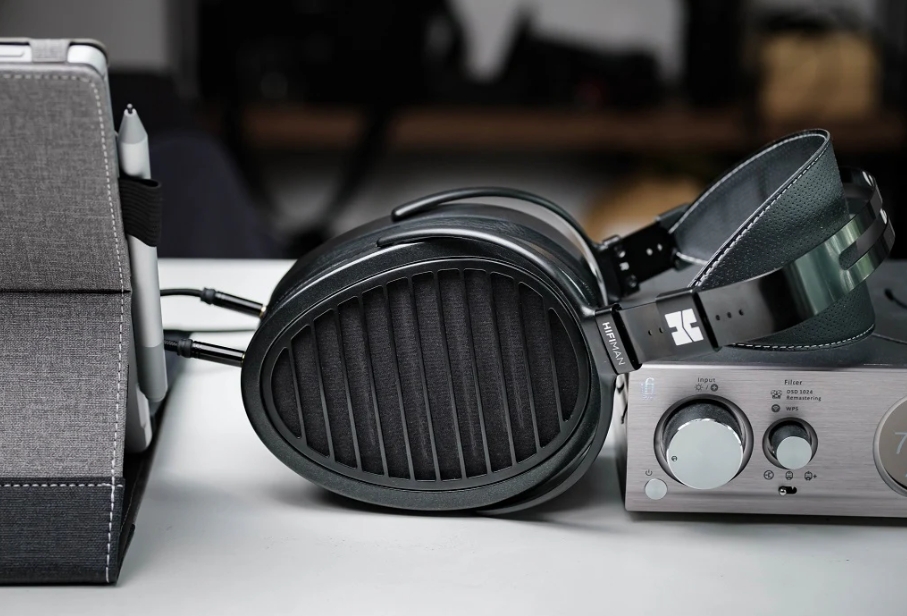
Comfort and Fit for Long Listening Sessions
Audiophile headphones are often worn for hours, so comfort is essential. Look for padded ear cups, adjustable headbands, and lightweight materials. Over-ear designs reduce pressure on the ears and offer better sealing. Breathable fabrics help prevent sweating, especially during extended use. Everyone’s head shape is different, so trying them on before buying is ideal. A comfortable fit prevents fatigue and allows you to focus on the music rather than adjusting your headphones. Prioritizing comfort ensures long-term enjoyment and consistent use.
Price vs. Performance Expectations
Audiophile headphones range from $100 to several thousand dollars. Higher prices often mean better materials, craftsmanship, and sound tuning—but not always. Some mid-range models outperform costlier ones in real-world use. Determine your budget and consider diminishing returns beyond a certain price point. Read user reviews, test in-store if possible, and prioritize reputable brands. Understand what you’re paying for—whether it’s unique drivers, handcrafted design, or advanced tuning. A smart purchase balances performance with affordability and meets your personal listening needs.
Conclusion
Audiophile headphones deliver exceptional sound clarity, accuracy, and depth for those who value premium audio experiences. From high-end materials to precise engineering, these headphones go far beyond standard consumer models. Choosing the right pair involves understanding technical specs, listening environments, and comfort needs. Whether you’re a curious beginner or a seasoned audiophile, investing in the right gear elevates how you hear your favorite music. With knowledge and patience, you’ll find a pair that brings out the best in every note.
FAQ
Yes, especially open-back models with wide soundstages. They provide accurate positional audio, making them ideal for immersive, competitive gaming. However, they may lack a built-in mic, so consider pairing them with a separate microphone.
If your headphones have high impedance (over 100 ohms), then yes—a headphone amp improves volume, clarity, and dynamic range. Lower-impedance models work fine with phones or laptops, but still benefit from a DAC or amp.
Audiophile headphones prioritize sound fidelity, accuracy, and build quality. They’re designed to reproduce audio exactly as recorded, without artificial enhancements. Regular headphones often boost bass or treble for casual enjoyment, while audiophile models focus on realism and tonal balance.

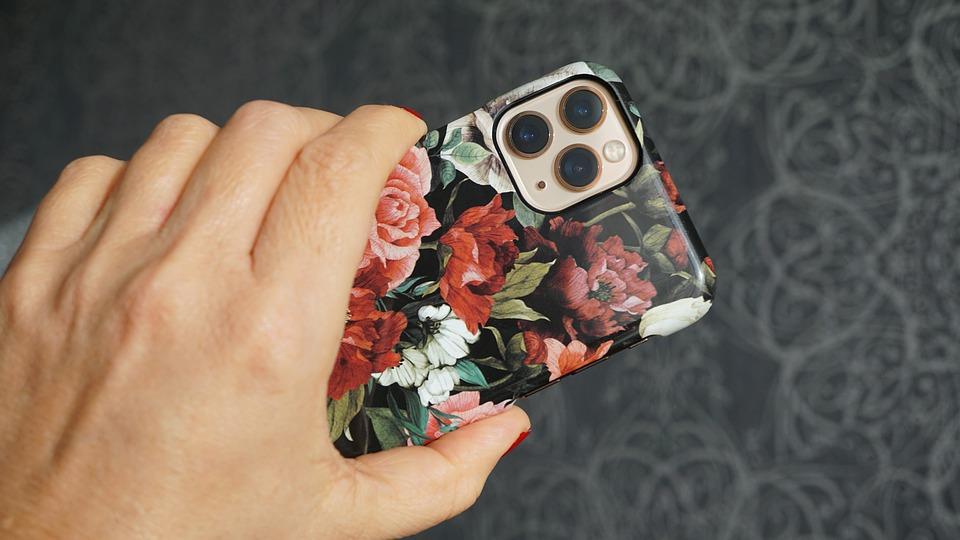
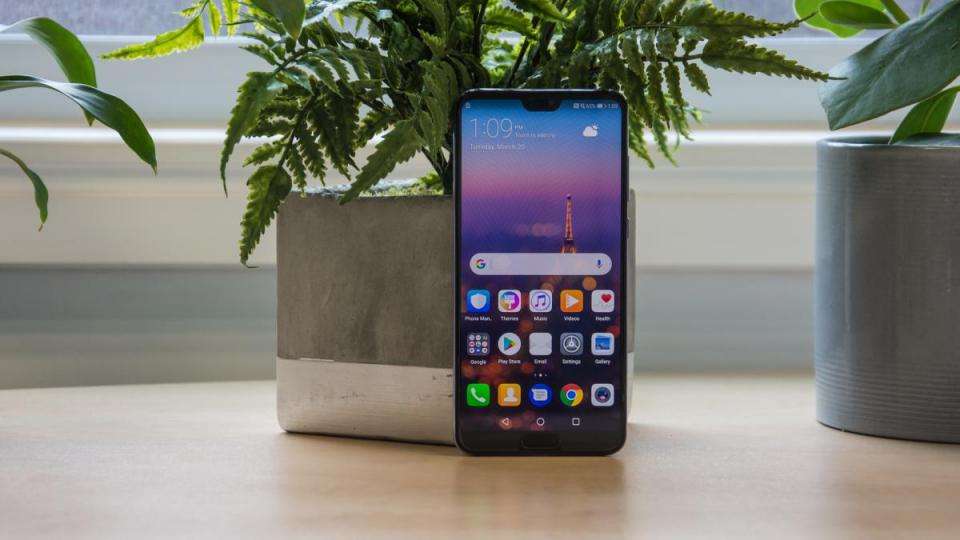
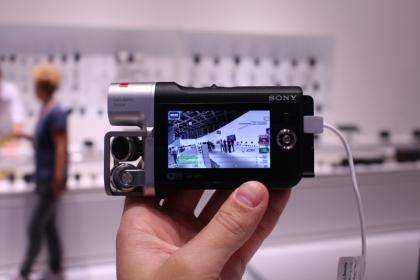
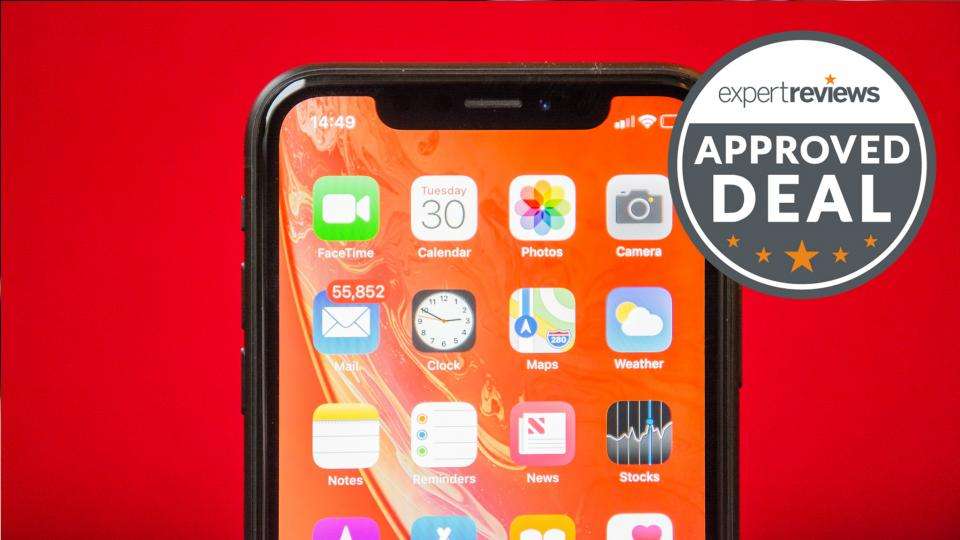
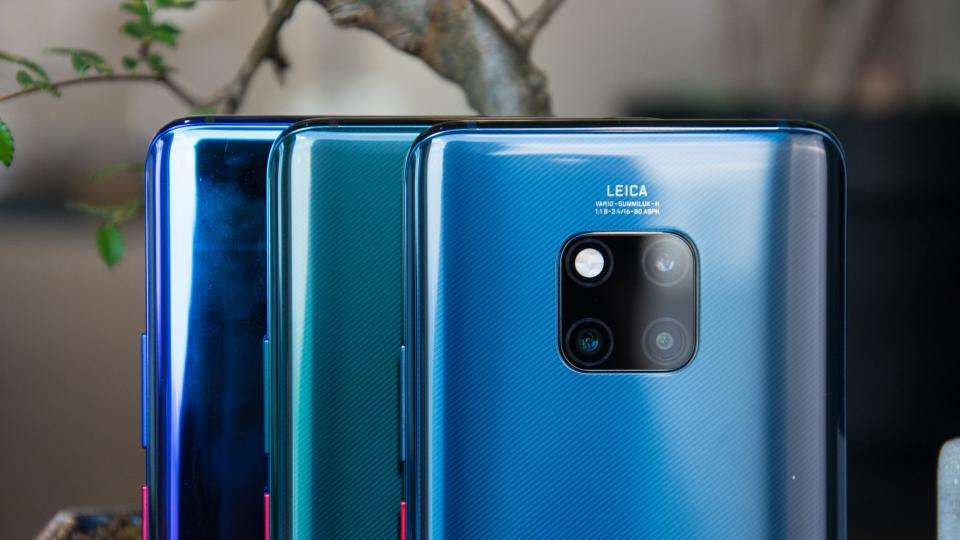
Leave a Reply